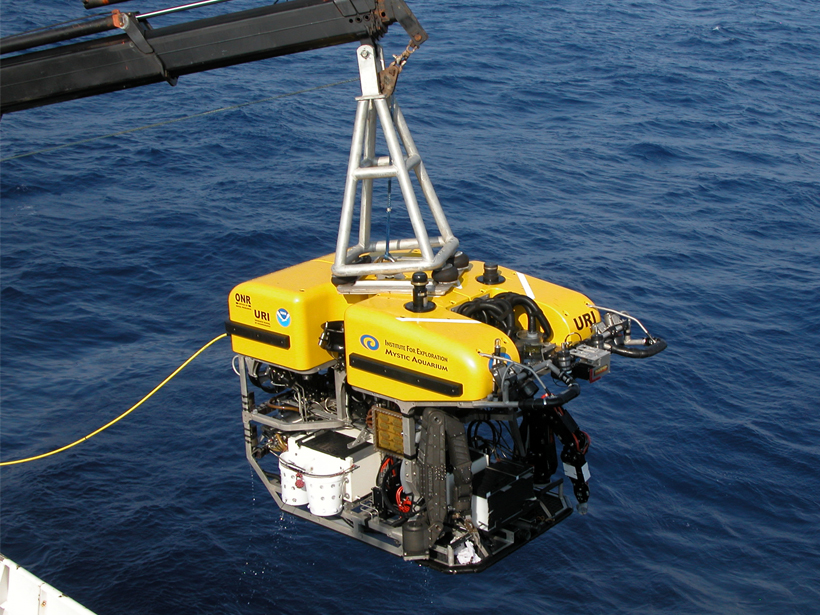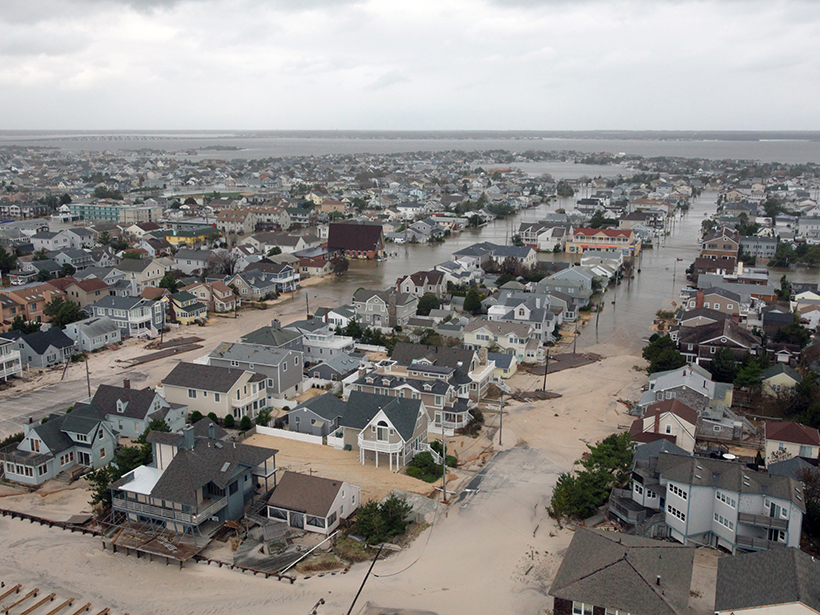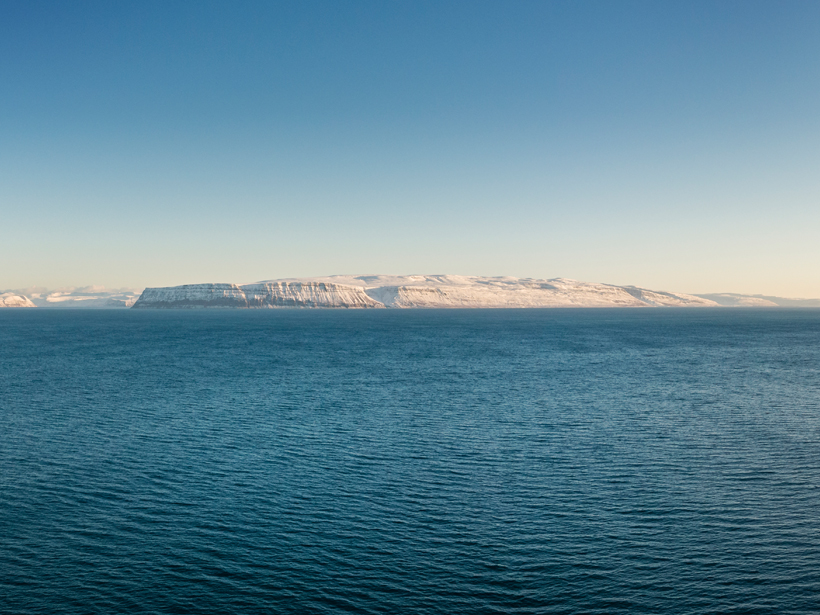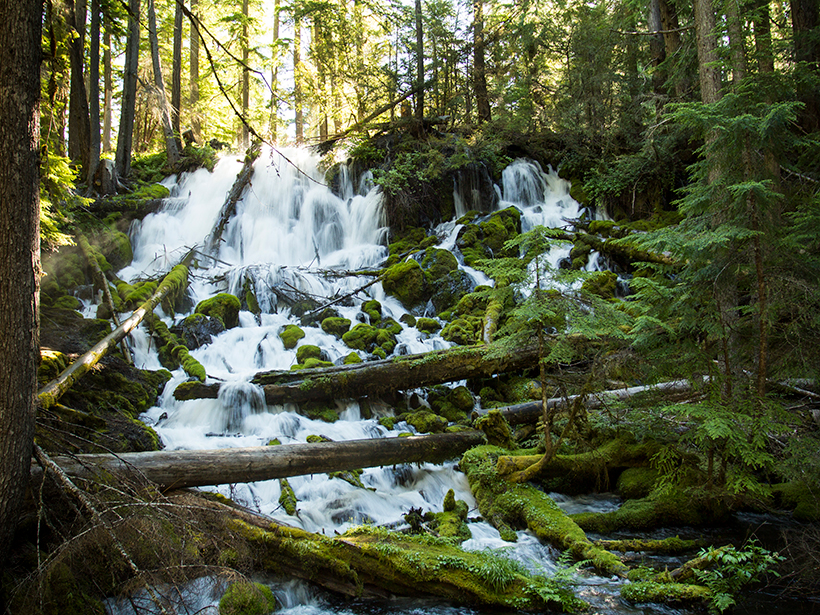Analyses of microbial activity in seawater samples help clarify the fate of methane released from the seafloor.
Sarah Stanley
Sarah Stanley, a freelance writer for Eos, has a background in environmental microbiology but covers a wide range of science stories for a variety of audiences. She has also written for PLOS, the University of Washington, Kaiser Permanente, Stanford Medicine, Gladstone Institutes, and Cancer Commons, a nonprofit that works with cancer patients.
Improving Estimates of Coastal Carbon Sequestration
A new two-model approach could reduce uncertainties in calculated rates of “blue carbon” accumulation within soils of seagrass, tidal marsh, and mangrove habitats.
Sea Level Science Grapples with Uncertainty and Usability
Improved transdisciplinary approaches are needed to ensure that research on rising seas is useful for planning in coastal communities.
Sunlight Stimulates Brown Algae to Release Organic Carbon
Sargassum and other brown algae might be an underappreciated contributor of organic compounds called polyphenols to the open ocean.
Curiosity Rover Reveals Oxygen Mystery in Martian Atmosphere
An air-sampling study has captured long-term trends in the concentrations of five key atmospheric gases for the first time.
Methane-Releasing Tundra Soils Freezing Later Each Year
Scientists find links between delayed freezing of Alaskan soils and higher atmospheric methane concentrations during the cold season.
Theoretical Models Advance Knowledge of Ocean Circulation
A review of recent advancements highlights key insights into the Atlantic Meridional Overturning Circulation and what might be in store for future research.
Revealing the Ocean’s Rare but Prolific Carbon Export Events
New findings suggest that rare events underlie a global inverse relationship between primary production of organic carbon in the upper ocean and the fraction that is exported to the deep sea.
Capturing Snowmelt Patterns from Cloudy Satellite Images
A new modeling strategy could improve streamflow predictions in places where mountain snow is a critical source of water.
Forested Streams May Warm More Than Observations Predict
Understanding how temperatures of cold-water streams respond to global warming could help clarify the impacts of climate change on aquatic ecosystems.










